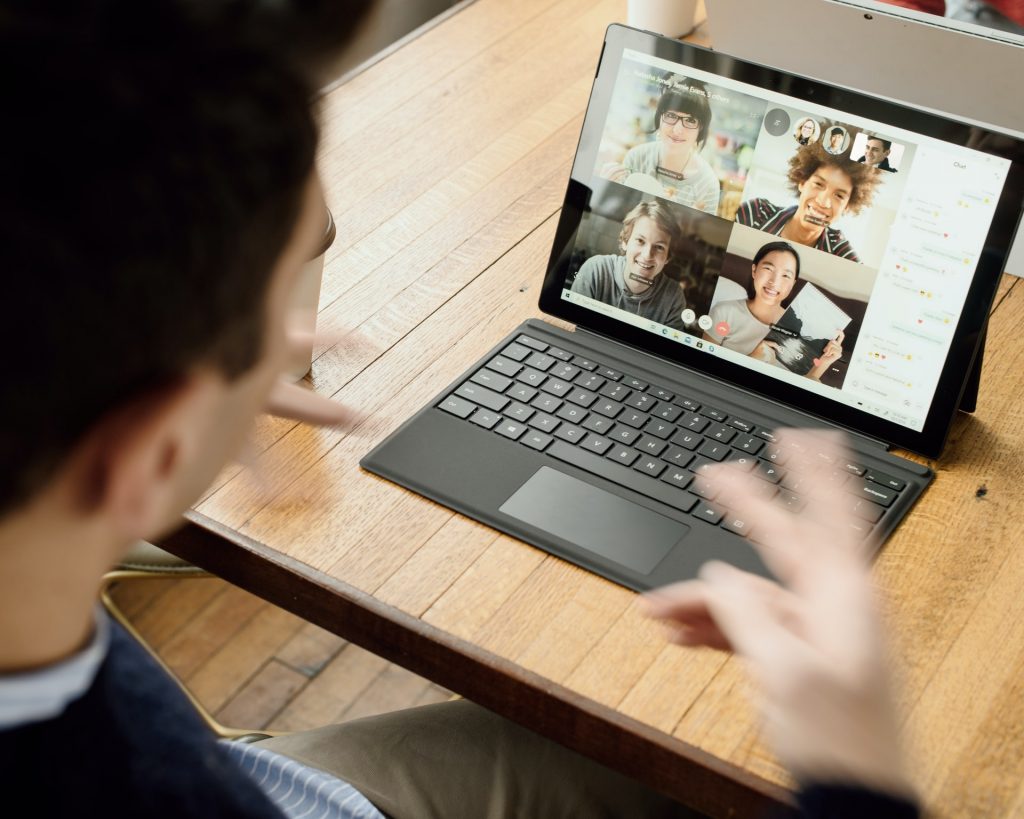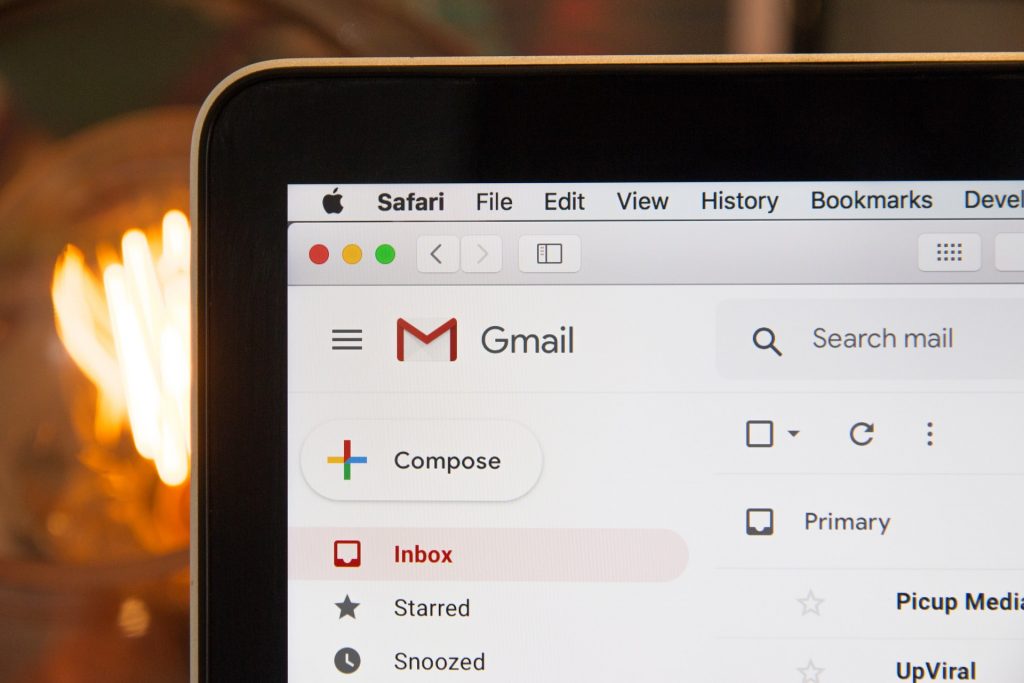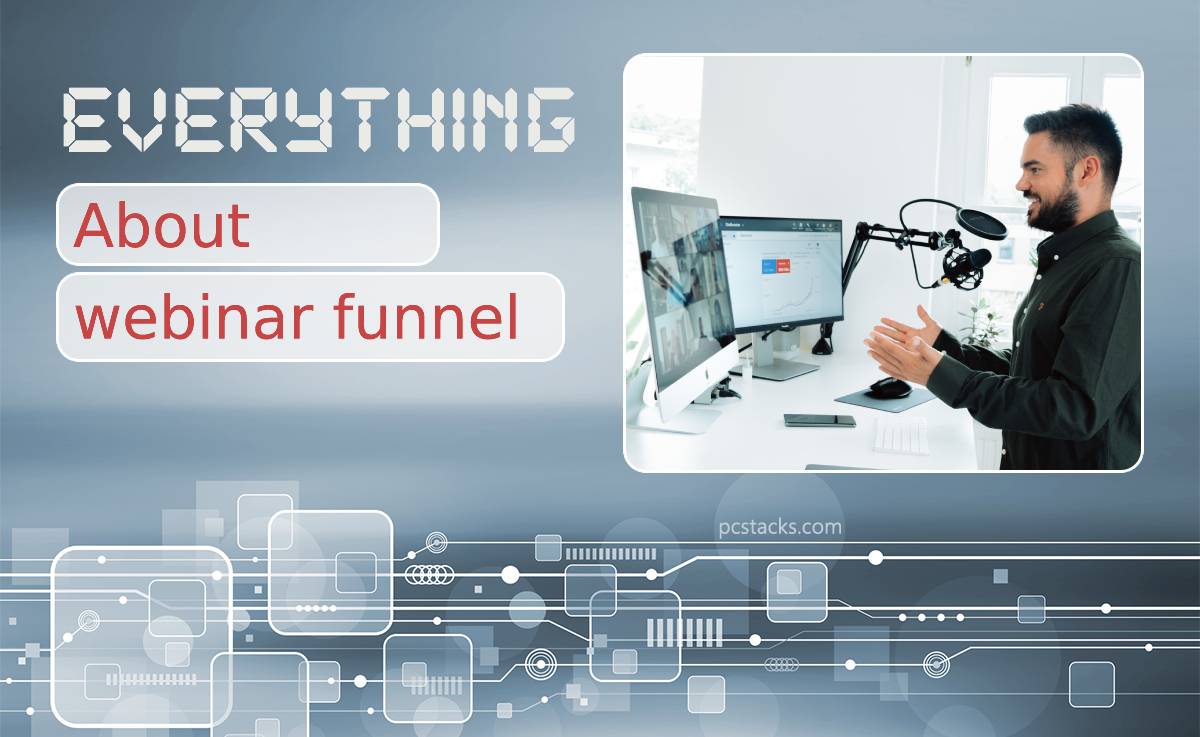When it comes to marketing and sales, a webinar sales funnel is among the demand generation tools that may convert participants into leads and leads into purchasers after the webinar.
A range of marketing methods can be implemented to drive quality traffic to the webinar registration page. Once individuals sign up, they are directed to a “thank you” page, after which they can choose to participate in the webinar live or watch a recording of the event.
Considering that we already know that registrants have expressed some interest in the event’s subject matter (which is connected to our company), it is critical to design a pre and post-webinar plan to monetize efforts and keep communication with potential customers clients.
Having a webinar sales funnel for webinars can be the most beneficial addition to your marketing plan. Webinars are incredibly effective for generating leads, increasing brand awareness, and increasing sales volume.
Table of Contents
How Does a Webinar Funnel Work

The first step is to generate leads that you can use to invite people to your webinar. This method is concerned with identifying your traffic sources so that you may better target your audience, securing webinar registrations, and sending reminder emails to ensure that your webinar is attended by the greatest number of people.
At the end of the webinar, you should clarify what the next step is in your webinar funnel. It is critical to send thank you emails and other follow-up letters to everyone who participated following the webinar. When you reach this point, your primary goal may be to generate a sale. Make a strong call to action to urge others to do so. You can visualize these webinar funnel using a flowchart creator software like Zen Flowchart.
Tips and Tricks for Creating a Webinar Funnel
Be Identifiable

The entire idea of having a webinar is to make it pleasurable, so make certain that your webinar funnel advertising reflects this philosophy. A failure to do so will result in individuals having difficulty empathizing with your brand and becoming uninterested in creating an ongoing partnership.
If they are not interested in developing a relationship with you, they will not be interested in attending your webinar or purchasing your product. If appropriate for your company, incorporating a humorous and playful attitude into your webinar funnel ad with a pleasing image and amusing wording is a fantastic idea.
To find the right mix between relatable and formal, you’ll need to consider your brand’s tone of voice. Consumers appreciate honesty and openness, so if you have the opportunity to influence them in this way, do so!
Share Your Story
Is it difficult for you to develop a subject for your webinar? Webinars are an excellent venue for sharing the story behind your company’s brand. People are always interested in hearing about a company’s success and how the people behind it were able to achieve its objectives.
What path did you take to get to where you are now? What exactly did you do? What are some of the lessons you’ve learned? What do you think you can impart to others?
Remember that if you are the CEO of a company, there is always someone underneath you interested in your sector and striving to achieve what you have accomplished so far.
While your experience may not appear interesting enough for a webinar, it could be to the correct audience. In exchange for your pledge to share your secrets to success, there is a significant probability that those individuals will sign up for your webinar.
Your tale and your journey are inspiring, and many people will benefit from hearing them and gaining insight from them. Thank you.
Capture Potential Clients Through Email

Capturing email leads as part of a webinar funnel may seem like a no-brainer, but it should be included nonetheless. Don’t forget to collect email addresses from individuals who have expressed an interest in attending your webinar while collecting registrations. In the end, the goal of a webinar is to create leads that can be turned into sales.
Furthermore, without an email address, you would be unable to follow up with and keep in touch with your leads. While some golden leads convert right away, others require more effort and nurturing to convert.
In order to create your contact list and follow up with them, it’s critical to acquire email addresses from potential customers and clients. If you only require one piece of information from your audience, make it the email address they use to communicate with you. If you have the email address, you won’t even need to ask for a name if the address has been recorded.
While most people will be pleased to provide their name, it is still a barrier because it will bring no value to your communication with them when you do so. The majority of people will not be thrilled to disclose their phone numbers. Thus it is best to leave it out of the form.
If you want to gather an email address from each individual that registers for your webinar, you should do so because it is the most common method of collecting this information.
You can leverage their email to develop brand interaction from a pre-webinar reminder to a follow-up after the presentation and everything in between.




